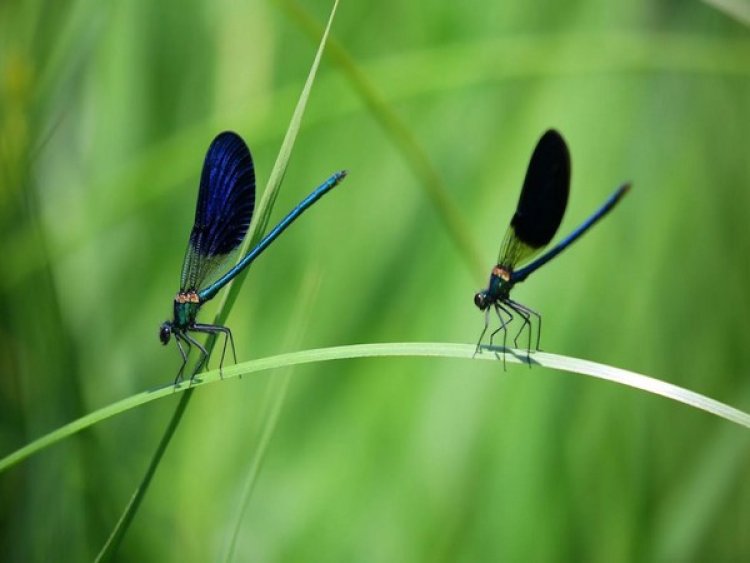Not only fragrance, but humidity also attracts pollinators to plants: Study

Washington, US: According to recent research done by Cornell University, humidity has an equal role as aroma in luring pollinators to a plant. This finding advances basic biology and creates new opportunities for agriculture.
Researchers from Cornell University, Harvard University, and the Montgomery Botanical Centre discovered that the weevil that pollinates the plant Zamia furfuracea is equally sensitive to humidity as it is to smell in a study that was published on May 7 in Current Biology.
"The world of plant-insect interactions was drastically changed by the work that was done on visual and scent cues," said first author Shayla Salzman, a postdoctoral National Science Foundation fellow in the School of Integrative Plant Science Plant Biology Section, in the College of Agriculture and Life Sciences. "And now we're just starting to realize how many other factors are playing a role in plant reproduction and impacting insect decision-making, pollination and success."
Co-authors include Robert Raguso, professor of neurobiology and behaviour (CALS); Chelsea Specht, the Barbara McClintock Professor of Plant Biology (CALS); Ajinkya Dahake, a Ph.D. candidate in Raguso's lab; and Will Kandalaft '21.
Dahake was the first author of a groundbreaking study published in 2022 in Nature Communications that found humidity was acting as a signal to encourage hawkmoths to pollinate the sacred datura flower (Datura wrightii). Taken together, the studies demonstrate that two very distantly related plants actively use humidity to encourage pollination, Dahake said.
"Prior to our research, humidity was seen as just an outcome of evaporation of nectar, a side note," he said. "What we've found is that this is an active process of the flower, coming through specialized cells, and these organisms may even have evolved to privilege this humidity release, because it attracts pollinators."
Until now, the study of pollination and plant-insect interactions has focused on visual and scent markers - senses that humans can also interpret. Insects, however, are far more adept than humans at sensing changes in humidity, carbon dioxide and temperature, Salzman said.
"Especially as climate change directly impacts exactly those things," she said, "it's crucial that we understand how insects utilize all of that information in their interactions with plants."
For example, farmers and food distributors could use such information to encourage pollination of food crops or to direct insects away from stored foods and toward traps, Salzman said.
While humans need relatively large changes in humidity before we can sense a difference, insects can sense minuscule changes, Dahake said.
"Insects have specialized receptors that respond to very small changes in humidity: Even a change of 0.2 per cent to 0.3 per cent will cause a neuron to fire," he said. "Even a 1 part per million change in carbon dioxide concentration will cause an insect neuron response. What does that mean behaviorally? We're just beginning to scratch the surface."















































